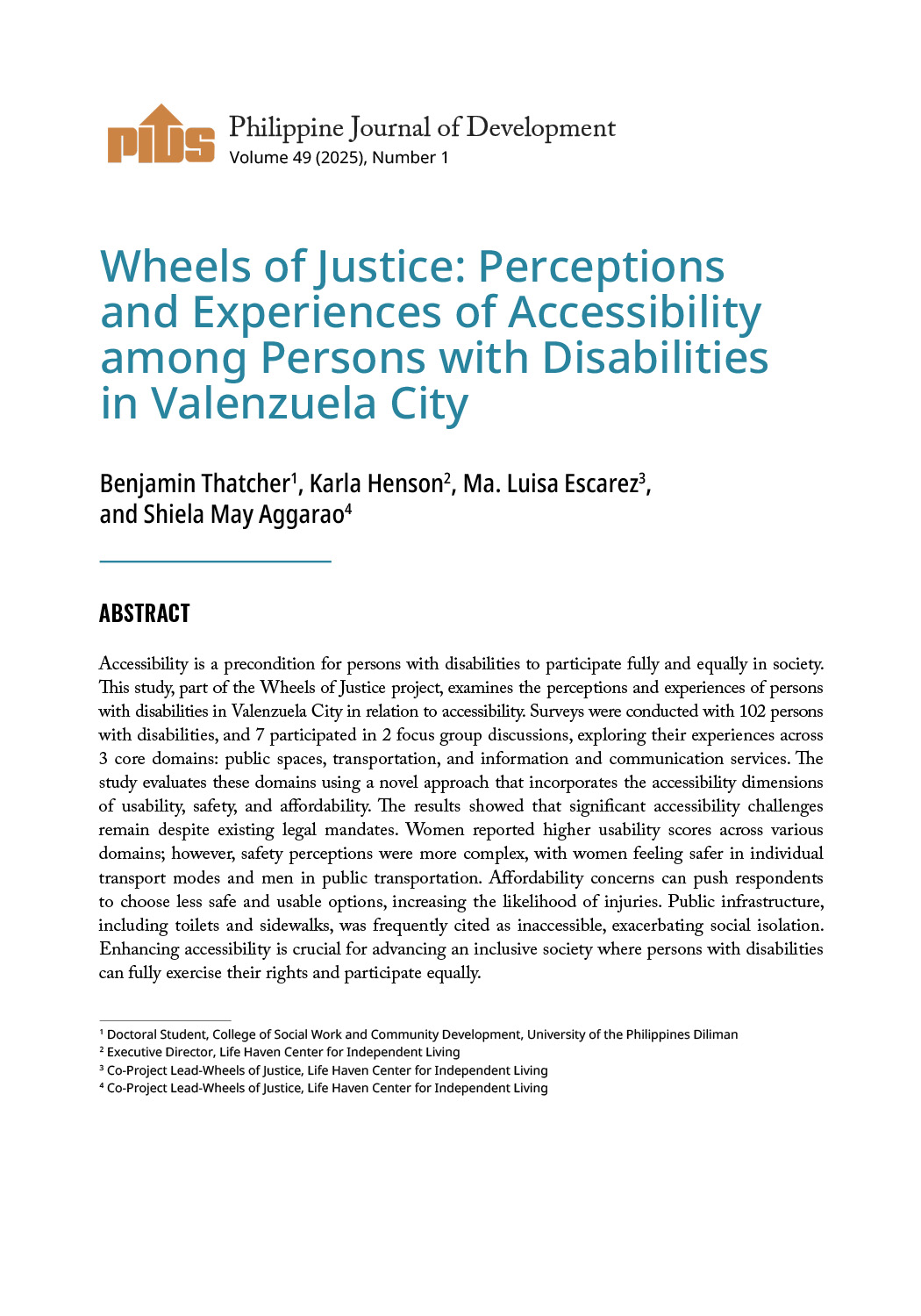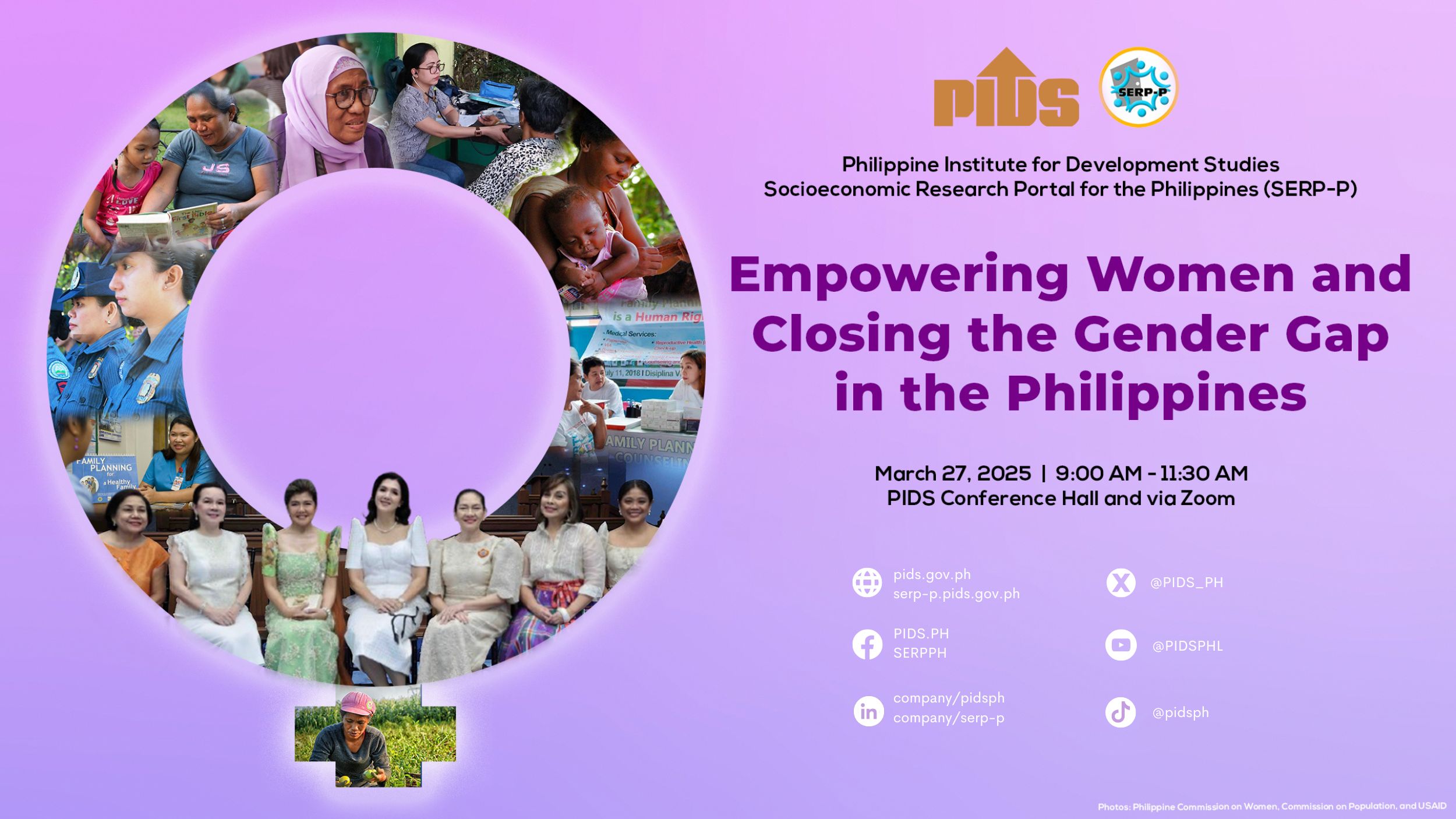Poorly designed federal and national tax systems under “PHederalism” could widen income inequality in the country, according to the Philippine Institute for Development Studies (PIDS).
In a hearing at the consultative committee tasked to review the 1987 Constitution on Wednesday, PIDS President Celia M. Reyes said if the tax base of some federated regions are not enough, this could widen income inequality in the country.
Among the aims of shifting to a federal form of government is to achieve inclusive economic growth, wherein prosperity is also felt by other regions, not just Metro Manila, Calabarzon and Central Luzon which together account for roughly 60 percent of the country’s GDP.
“Other regions will improve but the gap might widen because some of the regions, I’m not talking of the 17, but any potential configuration because of [the level of] economic activity, the potential tax base, the kind of capacities there is in a federated region, they could grow faster than some of the regions and so I think that’s a concern,” Reyes said.
From an administrative standpoint, constitutional commission members raised the possibility of restructuring the Bureau of Internal Revenue (BIR) to respond to the need for a more equitable tax system.
Finance Undersecretary for Legal Services Group Bayani H. Agabin said any plan to restructure the BIR will depend on which taxes will be collected by the national government and regional government.
Agabin said, however, that what is important when assigning which taxes will be collected nationally and regionally is to prevent double taxation, which could also lead to lower incomes and, possibly, wider income inequality.
“It will depend on what taxes the states will have the authority to collect,” Agabin said. “Certainly, what we want to avoid is the case of double taxation.”
In January PIDS Senior Research Fellow Rosario G. Manasan said that from a public finance perspective, shifting to federalism may lead to higher costs especially if tax assignment and expenditure distribution are not done properly.
Manasan added that the fiscal gap in regions could reach as much as P1.09 trillion, or 84 percent of the total expenditure needs of subnational governments.
This also represents some 57 percent of total revenues from national governmental internal revenue taxes in 2017 or 7.5 percent of GDP.
With the increase in regional government functions, subnational governments will be hard-pressed to increase their revenues. According to Manasan’s calculations, subnational governments can only finance P213.59 billion of the total needs of P1.3 trillion.
The largest gap was observed in the Autonomous Region in Muslim Mindanao and Calabarzon at P111.29 billion and P104.03 billion, respectively. The least fiscal gap was noted in Metro Manila or the National Capital Region at P14.95 billion.












